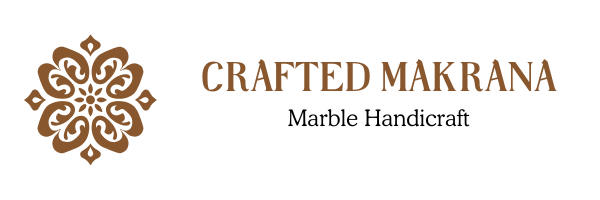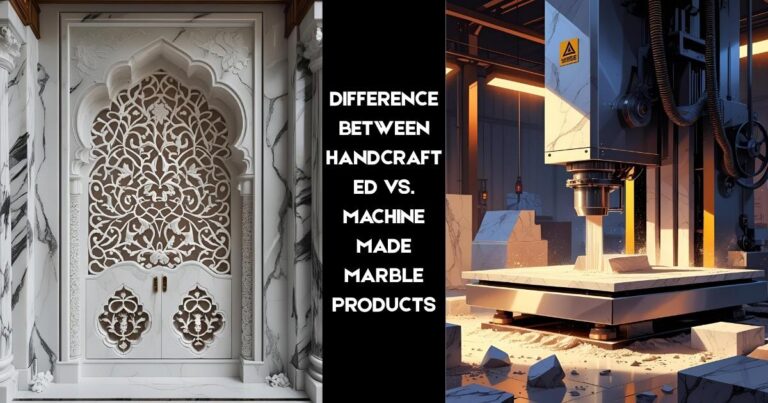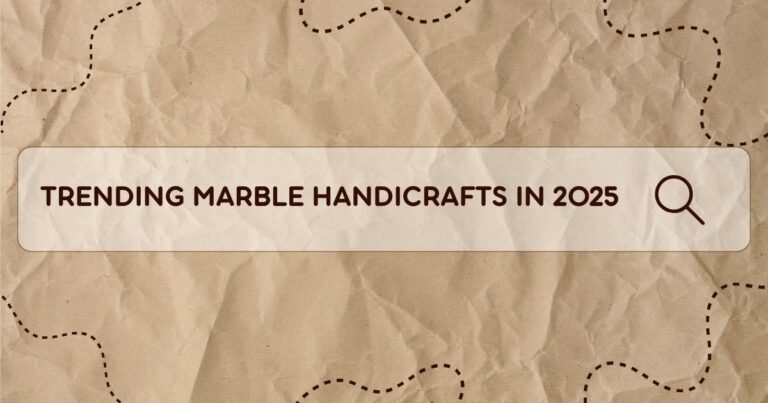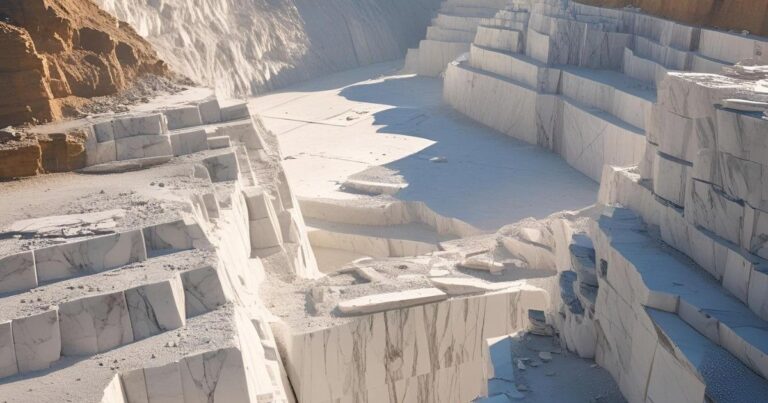From Quarry to Masterpiece: How Marble is Selected, Carved, Polished & Finished
Marble has long been admired for its elegance and strength. From majestic monuments to luxurious interiors, it’s a material that transforms spaces — but have you ever wondered how marble handicrafts products are made?
Let’s walk through the full journey of marble, step by step — from its selection in the quarry to the final shining surface you see in homes, temples, and sculptures.

1. Selection: Choosing the Right Block
The journey begins at the quarry — a large, open-pit site where marble is found deep underground. This is the very first step in how marble handicrafts products are made, where skilled workers carefully choose the right blocks based on color, texture, and purity.
In places like Makrana, Rajasthan, Makrana marble is famous for its natural white shine and durability. Workers select blocks that are free from major cracks or stains. A single marble block can weigh several tons and must be carefully lifted using cranes or special machines to avoid damage.
2. Cutting the Marble
Once the raw marble block reaches the processing unit or workshop, it’s time to cut it down into usable sizes. This is done using gang saws or wire saws fitted with diamond-tipped blades.
- If the marble is meant for flooring or wall cladding, it is cut into slabs or tiles of uniform thickness.
- If it’s going to be sculpted, smaller chunks or pieces are cut based on the design.
Water is used during this process to cool the blades and reduce dust.
3. Carving: Giving Marble Its Shape
Now comes the artistic part — carving. This is a crucial step in how marble handicrafts products are made, where the marble is transformed from a rough block into a work of art. Whether it’s a temple pillar, a deity idol, or a decorative panel, skilled artisans do this mostly by hand.
Traditional tools like chisels, hammers, and files are used, although machines may assist with basic shaping in larger projects. Carving requires patience and precision — one wrong strike can ruin hours of hard work or even the entire piece.
In places like Makrana and Agra, carving is often a family trade passed down through generations. Artisans study the marble carefully, working with its natural grain to bring out the best design.
4. Polishing: The Shine Begins
Once the carving is complete, it’s time for polishing — a process that brings out the marble’s natural beauty. This is an important step in how marble handicrafts products are made, done in stages starting with rough abrasives and moving to finer ones.
Polishing smooths the surface, removes tool marks, and enhances the color and shine. For floors and slabs, automated polishers are used. For sculptures or hand-carved items, polishing is done by hand, using sandpaper, cloth wheels, and sometimes even natural powders.
At this stage, the marble starts to glow with that familiar soft, elegant sheen.
5. Finishing Touches
Finally, the marble is given finishing touches:
- Sealing: A protective layer may be applied to prevent stains or moisture absorption.
- Detailing: Fine lines are sharpened, edges are smoothed, and any tiny cracks are filled.
- Quality check: The piece is thoroughly inspected to ensure it’s flawless and ready for delivery.
- In some cases, additional effects like matte, glossy, or textured finishes are applied depending on the customer’s preference.
And It’s Ready!
From the moment it’s pulled out of the earth to the final polish, marble goes through a long, careful journey. It’s not just a rock — it’s a result of both natural beauty and human craftsmanship. This is the essence of how marble handicrafts products are made, combining centuries-old techniques with skilled artisan work.
The next time you step onto a cool marble floor or admire a marble statue, remember: behind that shine is a story of tradition, skill, patience, and passion.






